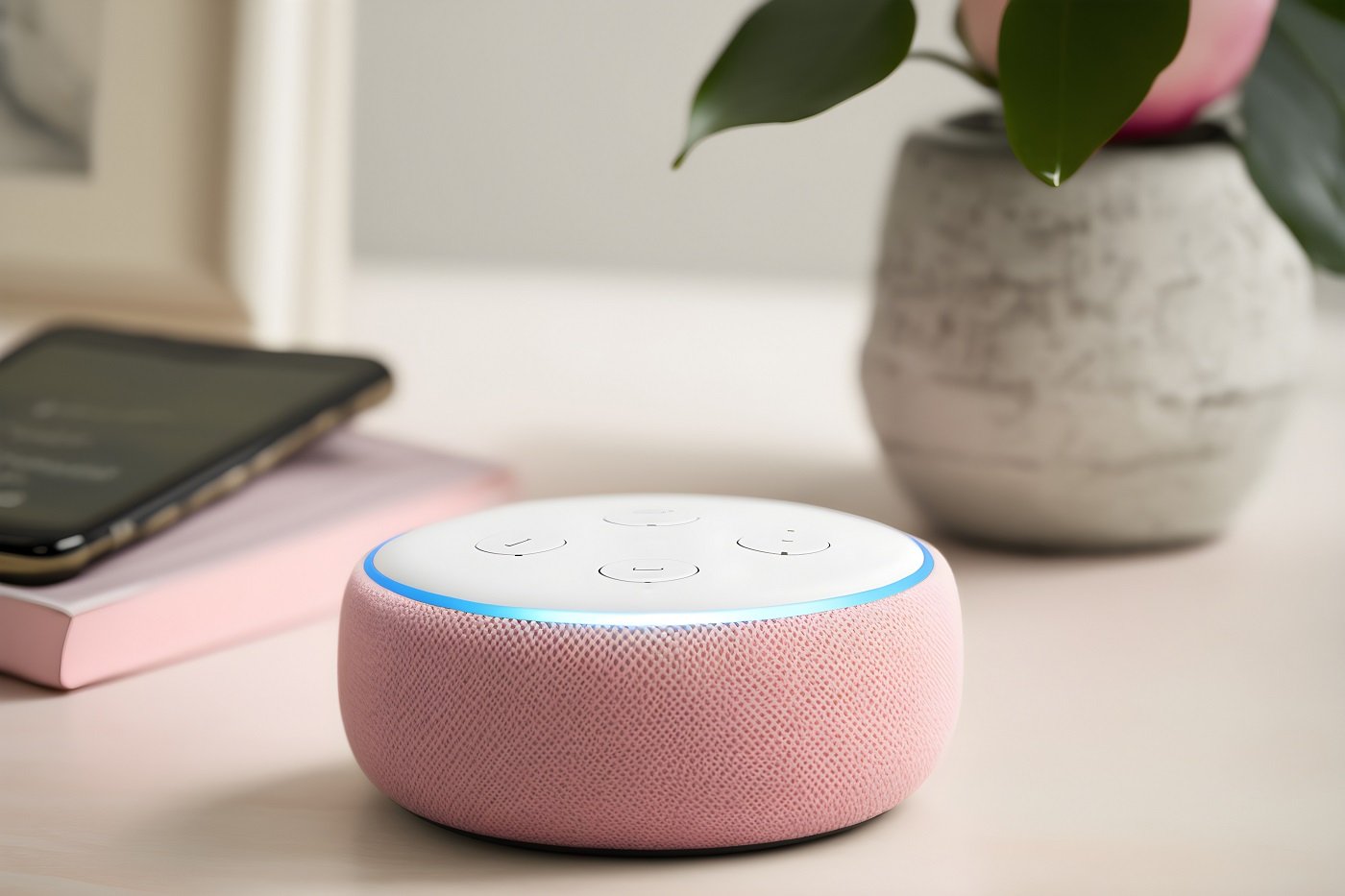How to approach market research for new product developments
Every product caters to a specific consumer need. The best products provide a unique solution that stands out from the rest. Understanding the consumer and the marketplace is central to the development process, and this is where market research comes in.
What is market research?
Market research examines the current marketplace, including demographics and buying trends, to determine the consumer need for a product. Market research allows you to paint a clear picture of the consumer audience and design a product that appeals to them.
By examining the marketplace and defining your audience, you are well positioned to implement your understanding of the consumer during the product design stages. Market research enables you to make informed decisions based on data and trends.
How do you conduct market research for new product developments?
Market research is conducted using various approaches, which include quantitative and qualitative methods. Both research methods are important, but the balance of each can vary, dependent on which methods align with your objectives and budget.
Qualitative research is carried out via surveys, interviews, and focus groups, either directly or via specialised agencies. Quantitative methods include online analytics and data analysis. Research must be objective, and that’s often tricky for brands to carry out directly, which is why many partner with product development specialists.
Defining your target audience
Identifying your target consumer audience is a critical stage of the process, helping you determine your ideal customers and create buyer personas. Your research and consumer marketing data help to build an accurate consumer profile. It’s important to look at who your customer really is, vs. who you might think they are. Use evidence-based personas to map out key product USPs for elements of developments.
Competitor analysis
Market research is incomplete without a full audit of your competitors to understand their strengths, weaknesses, market positioning, and strategies. The trends and learnings gathered from competitor research inform and refine your own strategy.
Competitor research enables you to determine where in the marketplace you want your product to sit. The process of benchmarking against other products informs decisions on things like USPs, branding and pricing.
How to structure and present your target market research
Although market research needs to be thorough, it should be clear and concise. Keeping each section brief and to the point is key. Using graphs and images with supporting text is often the best understood format.
How you structure your research depends on your objective, and there will be a reality to the budget and resource allocated to it. A market research document for product development may cover these different stages:
1. Target market definitions
Set the scene by overviewing the current state of the marketplace you are proposing to sell into.
2. Buyer personas and consumer profiles
Define the profiles of the people you want to target with the product and establish the consumer need.
3. Competitor analysis
Audit competing brands and where they are currently positioned within the marketplace.
4. SWOT analysis
Outline the strengths, weaknesses, opportunities, and threats present in the marketplace.
5. Market analysis
Analyse the findings of the research, comparing key competing products and brands.
6. Strategy recommendations
Based on the research gathered, provide a summary of actionable recommendations.
7. Implementation roadmap
Establish next steps and time frames for implementing the timeframes.
How does target audience research inform the design stages?
The findings of your market research will define customer desires, preferences, priorities, and budget on a given topic. These factors influence the product design, including features, materials, and branding. The insights gleaned during the research phase help you determine what elements to prioritise and avoid. Often, feedback from market research can lead to the formation of a point of difference for a new product.
The Amazon Echo: audience research in action
A great example of a product which is evolved based on ongoing audience research is the Amazon Echo. There are many iterations and generations, including versions for children, and the positive product ratings have increased throughout the generations as features have been adapted and refined based on consumer feedback.
How can brands make sure the target audience is kept front of mind throughout the design process?
It becomes very easy to have tunnel vision when heavily focussed on a project. It’s super important for designers and project managers to keep their heads up and re-focus on the target audience. This enables you to develop USPs with purpose; to solve true problems based on research outputs, not one designer or project manager’s point of view.
Why businesses can’t afford to skim over the market research stage
Market research is an opportunity to invest in the success of your product and avoid costly mistakes by assessing the consumer need outright. It enables you to make informed decisions, based on clear evidence. Your product concept may be strong to begin with, but it evolves based on discoveries from the market research stage.
Talk to us about your product development plan
We have a flexible approach to how we work with clients and their teams. Whether you want to partner with us from the start of your journey or you need support around a specific stage or problem you’ve encountered — we’re on hand to help.
Would it be useful to speak with someone about your market research phase? Or perhaps you would like help overcoming a challenge with an existing project? Whatever stage you are at in the product design process, get in touch and our team will get back to you to help.


